Latest Blog Posts

The Battle For The Switchboard
07 Aug 2023A trend of vertical integration - AKA vendor lock-in - is underway in the renewable energy sector, driven by increasing demand for capabilities and resultant complexity in lieu of time-proven, open standards.
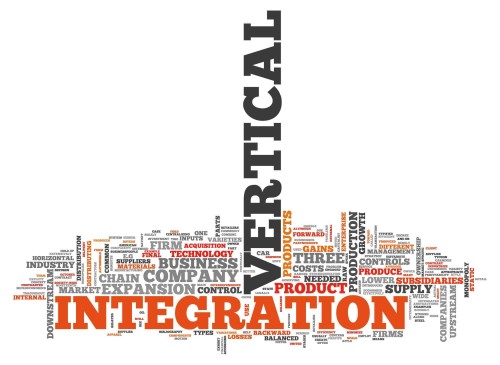
When Solar Isn't Solar Anymore
Renewable energy generation - the vast majority being via solar - is an established technology and a regular component of the modern electrical installation. With such a large installed base of generation, energy storage effectively represents the next stage of solar's evolution as it promises further gains in terms of cost savings, efficiency, security and technical capabilities.
Capabilities & Complexity
Demand drives innovation and common requirements of energy solutions now include time-shifting generation to match consumption, ensuring supply continuity during grid anomalies and even the combination of charging storage from generation during grid outages, i.e. forming a temporary micro-grid or indeed taking an installation permanently off-grid.
Increased capabilities invariably means an increase in complexity and equipment vendors employ vertical integration to manage all related elements resulting in proprietary, monolithic solutions which deliver enhanced capabilities up front however often conflict with existing elements and also typically inhibit further incremental change. This phenomenon is termed vendor lock-in and is often a negative side-effect of innovation.
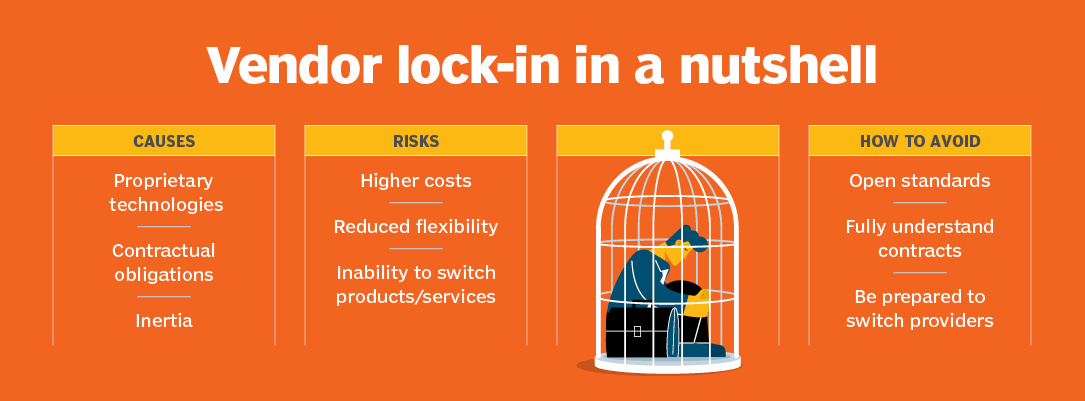
Standards & Independence
In lieu of industry regulation, technical standards are the only effective means of avoiding vendor lock-in and ensuring independence. The benefits include lower costs, increased efficiency and maintaining effective control over your infrastructure.
With decades of infrastructure delivery experience, EnergySolve prioritises standards and independence for its customers. EnergySolve generation and storage solutions incorporate open standard integration, enabling the leverage of best of breed components within a cohesive, fully functional energy system.
Ethics vs Regulation
27 Mar 2023I am often reminded onsite of these pervasive, mutually-exclusive forces. Both are valid means of governance and if one is effective, the other should be superfluous. In reality however, a balance must be found - but how much of each is enough and how is it achieved ?

Interpretation
The domestic electrical industry is somewhat unique in that it relies heavily on self-regulation and interpretation of the rules. At the implementation level, compliance can often be achieved by multiple means and the wiring rules do acknowledge this. This interpretation - intentionally of practical methods, but incidentally also of risks and responsibilities - is critical, and by nature varies from person to person. This is the fork in the proverbial road, and in effect polarises the industry.
Ethics
Enter the subtle world of self-regulation, on which society is heavily reliant and time has proven to be largely effective. The interpretation divide results in tradies who either:
a) Value quality work and the satisfaction it brings to themselves and others - plus the increased likelihood of repeat business & referrals (the most effective sales method and it's also free) from building a good reputation, which you can't buy, rather can only earn in terms of gratitude and respect - or
b) Simply do the minimum viable - often in less time and at lower initial cost (which may be the only metric for a given customer) however typically sacrificing quality (in terms of reliability & scalability and sometimes even safety), plus negating each job's contribution to a good reputation and instead placing more value on anonymity and the quantity of similar work achievable. Such is the familiar race to the bottom along the age-old time / money spiral. It doesn't end well.

Both approaches are valid however and will persist without significant changes to industry. So as a tradie or potential customer - give a quick thought to your own value chain & be honest with the other party. Knowing what you're likely to get goes a long way to managing expectations, which in the end underpins value for money.
Australia's Energy Transformation
27 Mar 2023Credit: AEMC New Energy Guide
A quiet transformation is taking place across Australia as homes and businesses invest in Distributed Energy Resources such as rooftop solar, batteries, electric vehicles and smart energy management systems. These technological innovations are placing electrical power into the hands of consumers at an unprecedented rate.
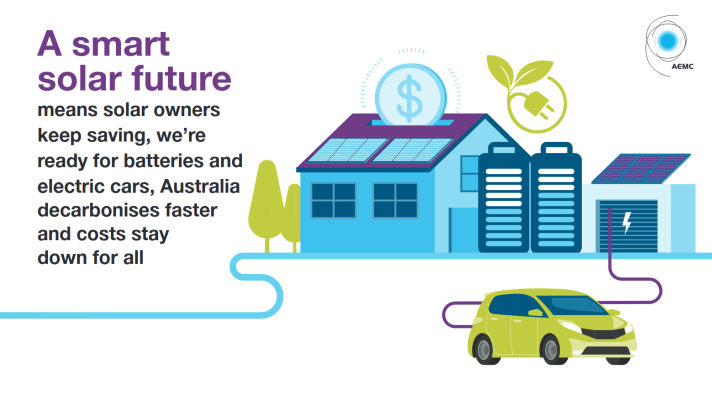
Energy investments by homes and businesses are playing a significant role in decarbonising our energy supply. This rate of change is world-leading and, aside from the environmental benefits, its impact is being felt at two other levels. For individual households this will help keep power bills down, but collectively this is creating a new energy system. By 2050, rooftop solar systems and other types of distributed energy, will contribute more than 45% of Australia’s electricity.
The Case For Grid Modernisation
Between 2.6 million and three million Australian households have already installed solar panels on their rooftops. Within the decade, a further three million households will follow. Additionally, utility-scale wind & solar is being built so fast, in so many places that networks are overloaded, slowing down the grid and stopping new energy technologies reaching consumers. It is essential that Australia’s energy network has its own transformation to keep pace with this evolving technology and meet changing consumer needs.
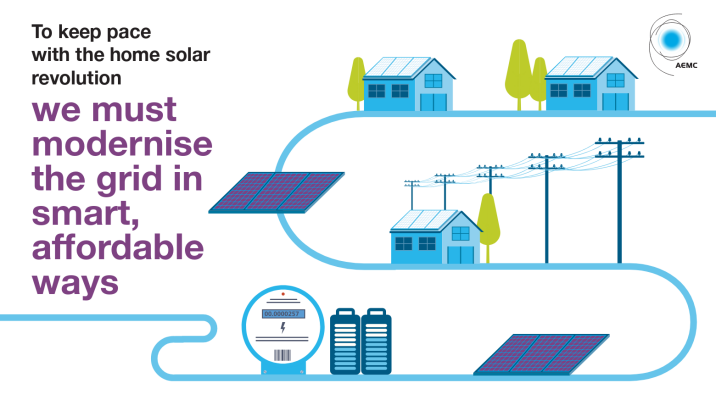
The Future Energy System
Australia is working its way towards a smarter, enhanced energy system that can better manage supply and demand pressures, handle peaks and troughs smoothly and efficiently and get the most value from existing poles and wires infrastructure without the need for expensive re-investment. This must be an energy system that works for everyone, both consumers with solar, batteries and smart management systems and those without these things. This will allow all Australians to harness the sun and reap the benefits of a new technological age.
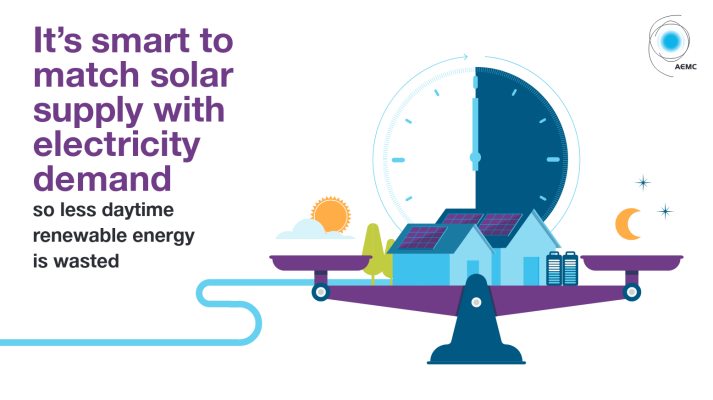
The rules governing the National Electricity Market (NEM) were changed in August 2021 as a result of the final determination of the Australian Energy Market Commission to get more small scale solar into the grid and support the growth of batteries and electric vehicles.
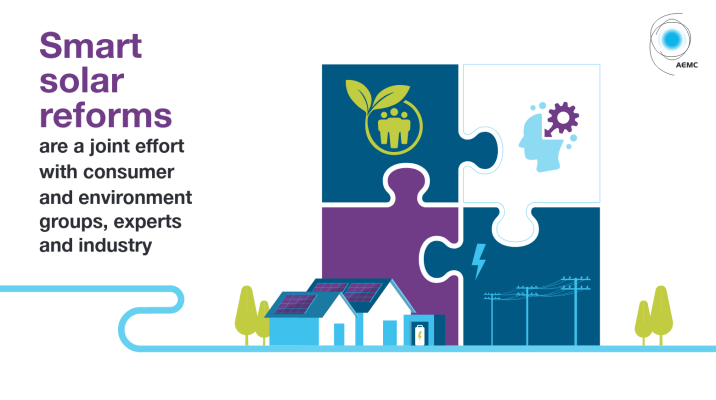
These reforms provide a long-term, sustainable pathway for the future of our electricity grid. They place new obligations on power network companies to make their networks ‘smarter’. This means they will become accountable for getting their systems solar- and battery-friendly so everyone can benefit from this leap forward in technology.
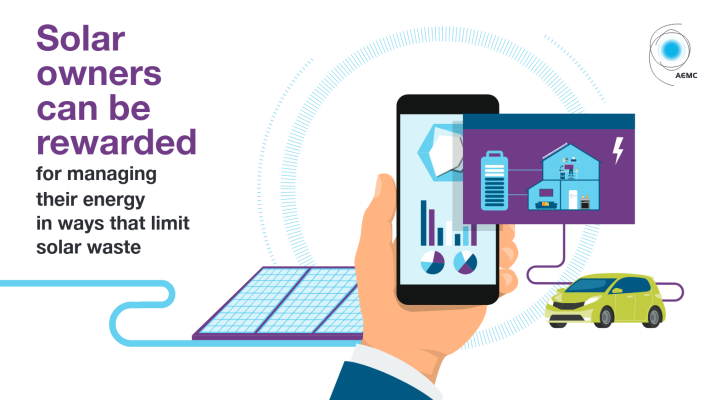
At the same time, reforms will pave the way for solar owners to be rewarded for managing their energy in ways that minimise solar wastage, put downward pressure on prices and substantially help to decarbonise our economy. This is a long-term sustainable plan to help us navigate a new energy future.
Other Works In Progress
Multiple other innovations are also currently underway, including:
Better, more affordable battery storage - The use of utility-scale energy storage, in addition to consumer-owned batteries, to act as a ‘solar soak’ to use excess distributed PV generation. Battery demand is high at both scales and multiple vendors are racing to supply demand.
Technical standards - Improving performance standards so all distributed energy resources installed can keep operating through disturbances. This is largely via AS/NZS 4777.2:2020, including power quality response and sustained operation requirements.
Load shifting - making the existing grid work harder and smarter by spreading the grid demand for exports through incentives to avoid peak times. Under these most recent smart solar reforms, distributed energy owners will be able to earn more when demand is high and supply is lower but earn less when the grid is most congested. Delivered via AEMC Smart Solar Reforms. Welcome to the internet of energy !